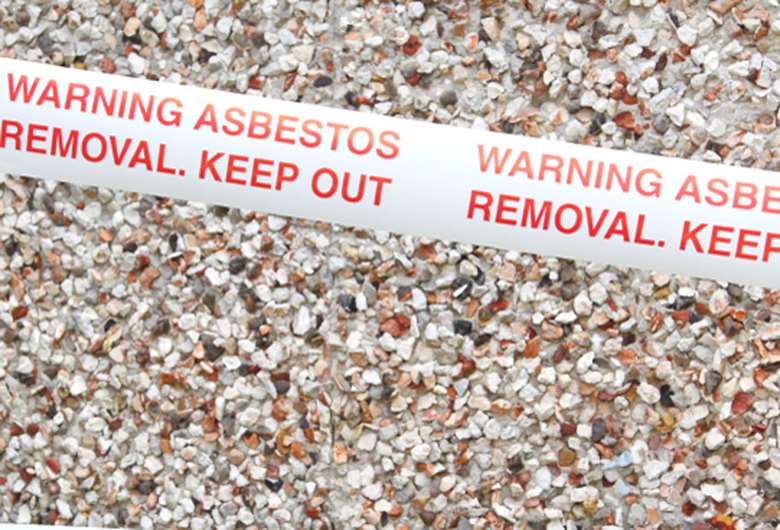Law firm urges Government to tackle asbestos in schools and nurseries
Monday, April 14, 2014
A solicitors' practice is calling for a national plan to manage and remove asbestos in schools and early years settings.

John Spencer, director of Spencer's law firm in Derbyshire, says that children and staff in schools that contain asbestos could be at risk of a raft of asbestos-related diseases if the material is damaged or disturbed. There is, however, no risk if the materials remain undamaged or undisturbed.
Asbestos was used in buildings from the 1950s until 1999 when it was banned. Nevertheless, in February 2012 the Parliamentary Group on Occupational Safety and Health noted that an estimated 75 per cent of UK schools may contain asbestos, while Health and Safety figures show that 228 teachers died from asbestos-related diseases between 1991 and 2005.
Department for Education guidance for schools on asbestos management is due to be updated following a public consultation that closed last month. The consultation was launched following new findings from the Committee on Carcinogenicity (CoC) showing that children are more vulnerable to asbestos exposure than adults.
The problem, says Mr Spencer, is that most schools are unaware whether there is asbestos in their settings and the possible risk it poses if damaged.
According to the DfE, responsibility for asbestos management in schools and nurseries lies with whoever is in charge of managing the maintenance and repair of the setting. For the majority of schools, this will be the local authority. Policy responsibility for the regulation of health and safety legislation in schools lies with the Health and Safety Executive (HSE).
The law firm's call for a national plan for asbestos awareness and removal, covering all schools and early years settings, similar to the plan introduced in Australia last year, would include establishing the size and scale of the problem, and developing an action plan to either have it professionally removed, contained or managed.
John Spencer said, 'A planned approach is needed to identify the size and scale of the problem, it's risk to children and adults and the cost of managing or removing any asbestos. In some cases it may be best to leave any asbestos alone as the material is only hazardous if it is damaged or disturbed.
'We need a national plan that extends to all children. Teachers and staff that work with children should also receive training on what to do when they or those in their care come into contact with asbestos.'
A Department for Education spokesperson said, 'All schools and nurseries are required to find out if their buildings have materials containing asbestos as set out in the Control of Asbestos Regulations (2012). This is supplemented by departmental guidance, which is based on advice from the Health and Safety Executive.
'We are also reviewing our asbestos policy to see if there is any more we can do to support schools. The results will be published shortly.'
A spokesperson for the Health and Safety Executive (HSE) said, ‘HSE’s advice remains that as long as asbestos is managed in compliance with the legal requirements and according to HSE’s own published guidance, there is no significant risk in leaving it in place. Asbestos which is in good condition and unlikely to be damaged is not a significant risk to health and is better left in place and managed. Asbestos which is in poor condition, or which is likely to be damaged or disturbed, should be sealed, enclosed or removed.’
Asbestos - the facts:
- Asbestos was used widely in the construction industry from the 1950s to protect against fire and provide insulation.
- In 1970 strict regulations were introduced to regulate the use of asbestos in the workplace.
- If materials that contain asbestos are chipped, drilled, broken or left to deteriorate they release a fine dust that contains asbestos fibres.
- Prolonged exposure to asbestos dust can lead to health problems including asbestosis-scarring of the lung tissue, or mesothelioma-a rare form of cancer. In most cases, symptoms do not become apparent until 15-30 years after exposure to asbestos. There is no cure for asbestosis.




